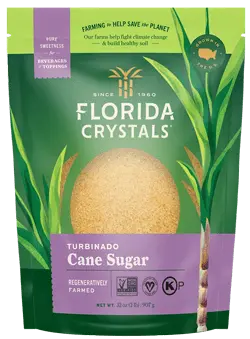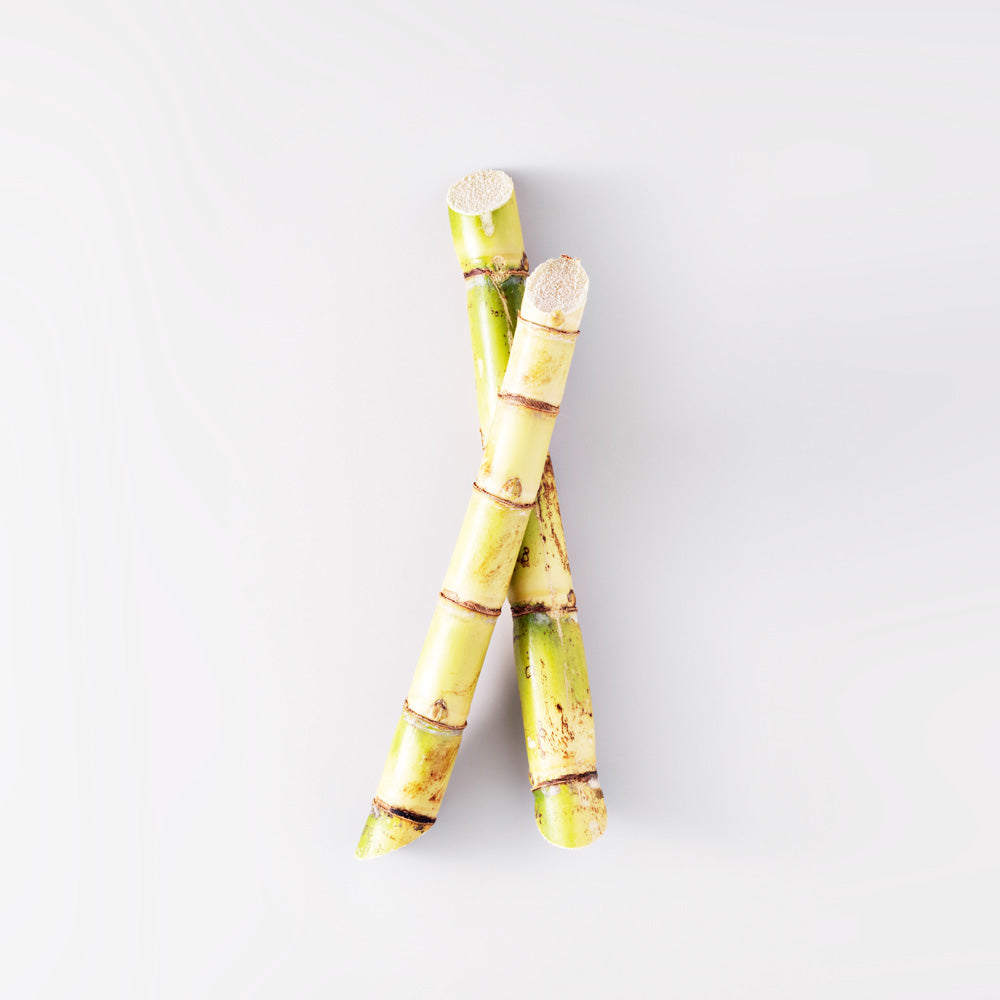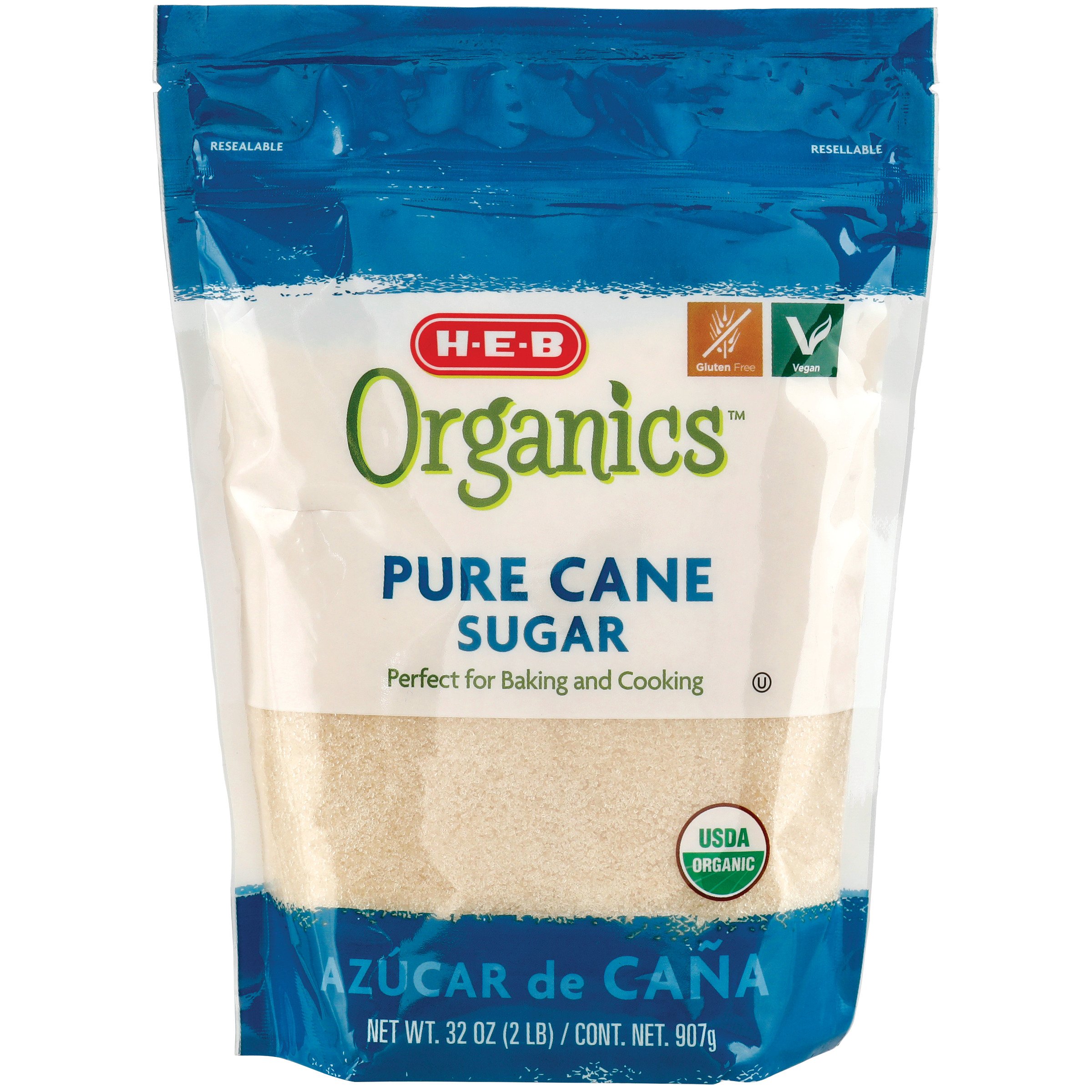Cane Sugar Processing Explained: What Occurs Inside a Sugar Mill
Cane Sugar Processing Explained: What Occurs Inside a Sugar Mill
Blog Article
Checking Out the Comprehensive Steps Associated With Walking Stick Sugar Handling From Collecting to Refinement
The procedure of cane sugar production encompasses a collection of elaborate steps, starting with the mindful harvesting of sugarcane and culminating in the improvement phases that ensure the last item satisfies industry requirements. Each stage, from the removal of juice to the filtration and condensation processes, plays an important role in figuring out the quality and character of the sugar. Comprehending these stages not just highlights the intricacy of sugar manufacturing but also increases crucial questions regarding performance, sustainability, and advancement in the industry. What ramifications do these elements have for future practices?
Harvesting Sugarcane
Collecting sugarcane is an important action in the walking stick sugar handling chain, as it straight affects the quality and yield of the final item. Appropriate timing and techniques are vital during this phase to make certain ideal sugar content and lessen losses. Usually, sugarcane is collected when it gets to maturation, normally 12 to 18 months after growing, defined by a high sucrose focus.

Post-harvest, the sugarcane needs to be processed promptly to stop sucrose destruction. Preferably, harvested cane must be delivered to processing facilities within 24 hours to preserve sugar top quality. Therefore, reliable logistical preparation is vital to keep the integrity of the collected plant throughout the supply chain.
Extraction Refine

The smashed walking stick goes through a collection of pressing procedures to take full advantage of juice recovery. Usually, hot water is splashed onto the crushed walking stick, developing a countercurrent circulation that helps dissolve the sugar while additionally helping in the removal process. The juice collected from this operation consists of not just sugar however also various organic compounds and contaminations.

To improve removal effectiveness, some centers may use diffusion approaches, where the sugarcane is taken in warm water, permitting the soluble sugars to diffuse into the fluid. The resulting juice, abundant in sucrose, is then guided to succeeding processing phases, laying the foundation for purification and refinement. The extraction procedure is therefore crucial in figuring out the high quality and return of the last sugar item.
Purification Techniques
The filtration methods utilized in walking cane sugar handling are necessary for transforming the raw juice into a top quality sugar item. These methods largely aim to remove pollutants, such as dirt, plant products, and not natural substances, which can adversely influence the end product's flavor and color.
Among the most typical purification strategies is information. This process entails including lime and heat to the raw juice, which assists in the coagulation of impurities. The resulting precipitate is then gotten rid of via sedimentation or filtering, yielding a more clear juice. In addition, using phosphoric acid can enhance the explanation procedure by further binding contaminations.
An additional substantial strategy is carbonatation, where carbon dioxide is introduced to the cleared up juice. This response creates calcium carbonate, which records remaining contaminations and promotes their elimination.
Furthermore, triggered carbon therapy might be put on adsorb any kind of remaining colorants and natural contaminations, making sure an extra polished item. The mix of these techniques successfully prepares the sugar juice for succeeding action in the refining procedure, establishing the phase for the production of premium walking stick sugar.
Crystallization Approaches
After the purification phase, the following critical action in cane sugar handling involves crystallization techniques, which play a pivotal role in changing the cleared up juice right into strong sugar. This procedure usually uses two key methods: spontaneous formation and controlled condensation.
In spontaneous condensation, supersaturated sugar solutions are permitted to cool normally, resulting in the formation of sugar crystals with time. This method is less complex but may result in uneven crystal dimensions and reduced pureness levels. On the recommended you read various other hand, managed formation is a much more specific technique where temperature level, seeding, and concentration representatives are meticulously handled. This method enables the consistent growth of sugar crystals and greater purity.
During formation, the cleared up juice is focused via evaporation, boosting its sugar content until it reaches supersaturation. As soon as this point is attained, either approach can assist in the condensation process. Cane Sugar Processing. The resultant sugar crystals are then divided from the staying syrup through centrifugation
Eventually, the option of crystallization approach impacts the top quality, size, and pureness of the final sugar product, making this step important in the total cane sugar handling procedure.
Improvement and Product Packaging
How can the purity and quality of cane sugar be even more improved after formation? The refinement process plays an important role in achieving high-grade walking stick sugar.
Next, the sugar is subjected to a procedure called centrifugation, where it is spun at high rates to divide the purified sugar crystals from the remaining liquid. After centrifugation, the sugar is often more refined via an approach called carbonization or phosphatation, which utilizes turned on carbon or phosphoric acid to eliminate shade and off-flavors.
When fine-tuned, the sugar is dried out to accomplish the wanted moisture material, ensuring that it stays stable throughout storage and transport. The last step involves packaging the refined sugar in moisture-proof and closed containers to read here keep its high quality and avoid contamination. Cane Sugar Processing. Correct product packaging not only extends shelf life yet additionally promotes very easy handling and distribution, making sure that consumers receive sugar that fulfills the greatest requirements of purity and high quality
Verdict
The detailed steps involved in cane sugar handling, from the precise harvesting of sugarcane to the elaborate refinement and packaging phases, highlight the relevance of each stage in ensuring high-grade sugar production. Ideal harvesting methods, reliable extraction methods, and strenuous purification processes collectively contribute to the end product's purity and security. The crystallization and succeeding packaging practices further improve the integrity and rack life of the sugar, highlighting the complexity her comment is here and precision fundamental in this essential farming industry.
The process of walking stick sugar production includes a collection of elaborate steps, starting with the cautious harvesting of sugarcane and finishing in the improvement phases that make sure the final product meets sector standards. Preferably, gathered cane must be moved to processing centers within 24 hours to protect sugar high quality.In spontaneous crystallization, supersaturated sugar services are enabled to cool normally, leading to the formation of sugar crystals over time - Cane Sugar Processing. The improvement process plays a critical duty in attaining premium cane sugar.The extensive actions entailed in walking stick sugar processing, from the meticulous harvesting of sugarcane to the elaborate refinement and packaging stages, highlight the value of each stage in making certain premium sugar manufacturing
Report this page